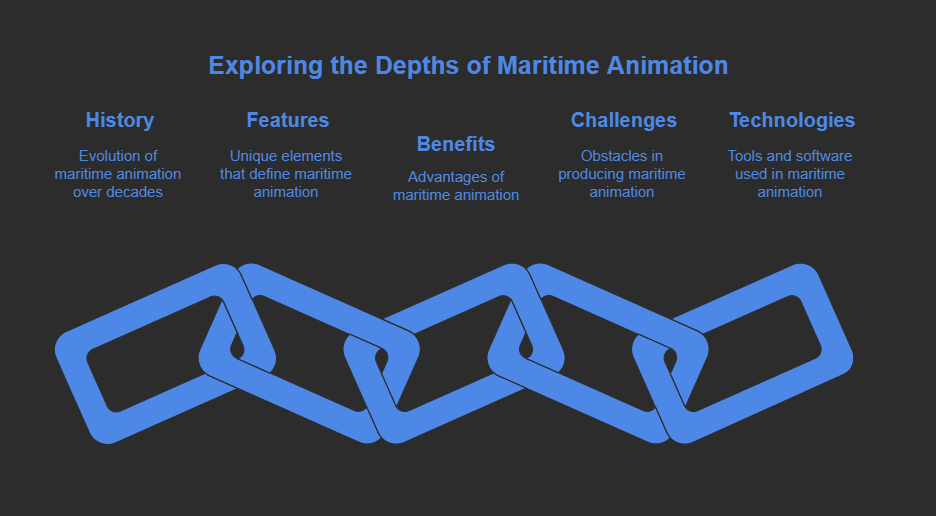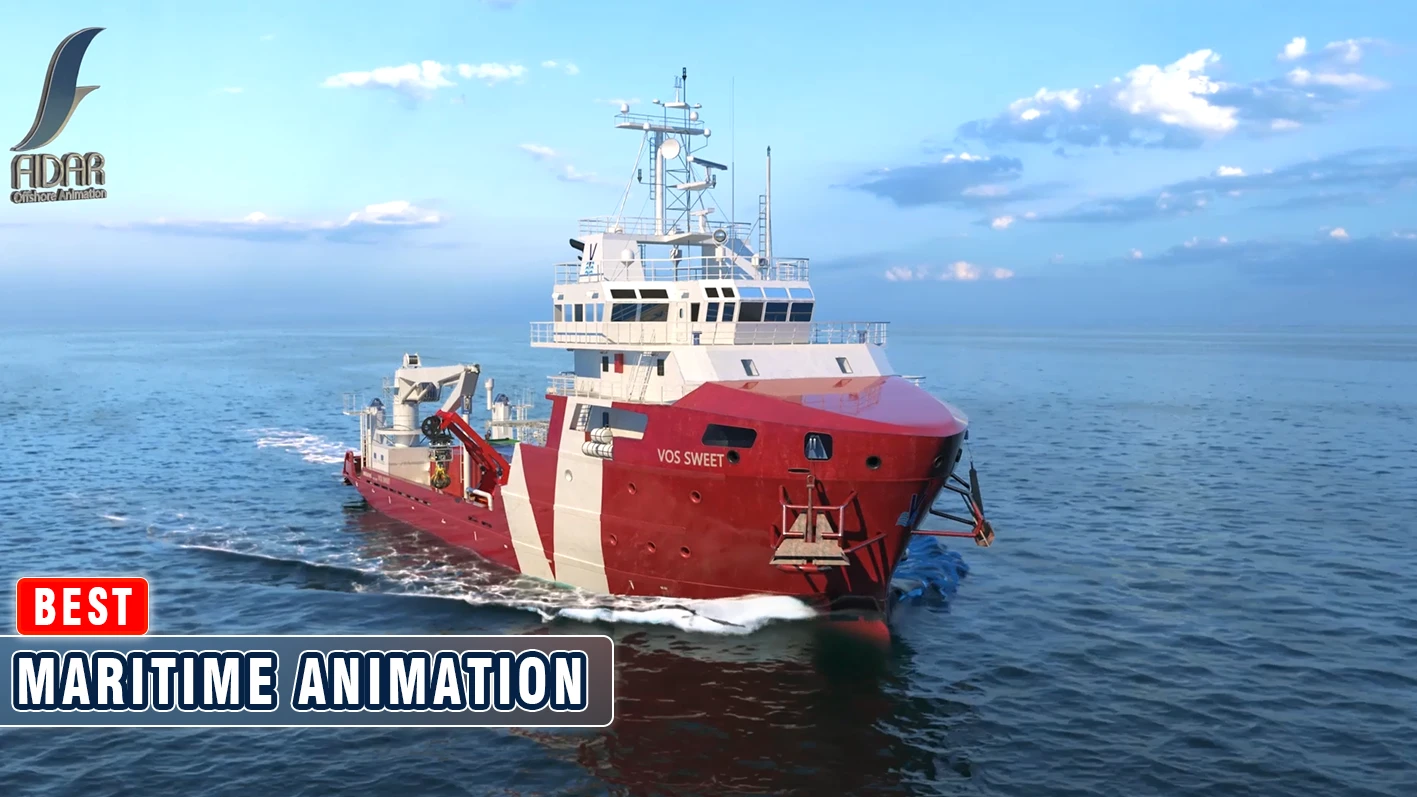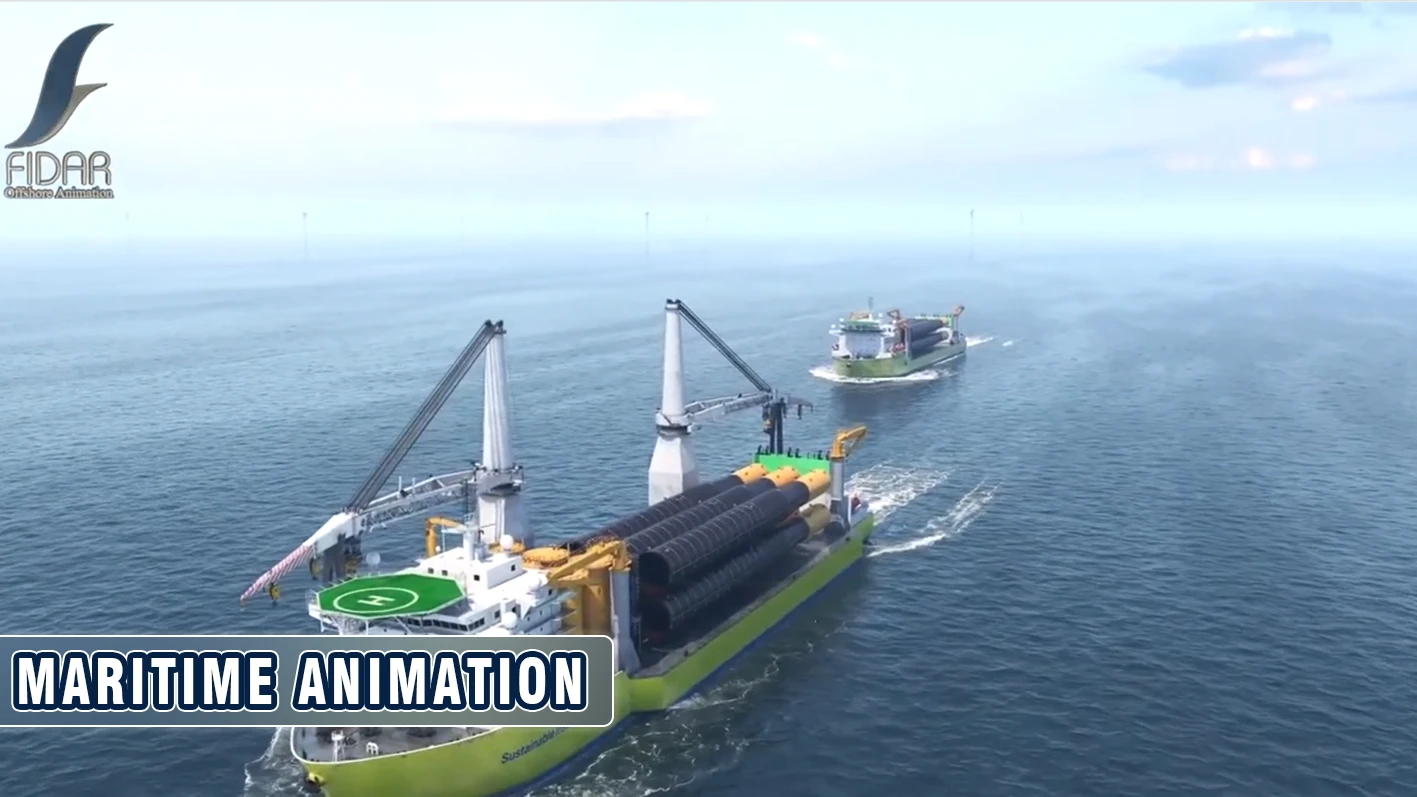Maritime animation is one of the most fascinating and stunning types of animation that has created a special place for itself by depicting the wonderful world of the oceans, underwater creatures, and stories related to the sea. With its extraordinary and attractive images and deep storytelling, Maritime animation attracts a wide range of audiences of all ages, from children to adults, and familiarizes them with concepts related to the sea.
What is Maritime animation?
Maritime animation refers to animations that are produced in 2D and 3D, or a combination of both, and focus on ocean environments, marine creatures, and stories centered on the sea and the ocean. To make this type of animation, advanced technologies are usually used to simulate water movements, underwater lighting, and details of marine creatures. Marine animations can be produced in various styles, from realistic like Finding Nemo to fantasy like Ponyo, and convey relevant messages, which are often environmental, family, or cultural messages, in an attractive and lasting way, and have a significant impact on the audience.
Review of the history of Maritime animation
The history of Maritime animations goes back to the past decades, and among these works are works such as The Little Mermaid (1989) by Walt Disney, which over time and with the advancement of technology, higher levels of animation were achieved, and animation production companies began to produce unique animations such as Finding Nemo (2003), which set new standards. These works depicted the underwater world in unprecedented detail using CGI (computer-generated imagery) technology. With the advancement of technology, marine animations have been able to gain many fans not only in cinemas, but also on all existing platforms and social networks.

Important Features of Maritime animation
Maritime animation is one of the types of animation that has attracted many audiences around the world due to its unique features. Among the most important of these features are the following:
• Advanced visual effects and realistic or fantasy simulation of waves, underwater lighting and movements of marine creatures using advanced software such as Maya, Houdini and Renderman.
• Deep storytelling and a focus on themes of family, friendship, adventure and environmental protection that attract the audience and make the message last.
• Designing a variety of characters from real creatures such as fish and sharks to fantasy characters inspired by marine mythology.
• Strong music and voice acting and the use of emotional music and professional voice acting to enhance the ocean atmosphere.
• Marine animations are welcomed in different cultures due to their global themes and attractive visual images and have global appeal.
Examining the Benefits of marine animation
marine animation have many benefits, which is why many people are attracted to these animations.
• These animations are attractive to children and adults around the world due to their attractive visual images and universal stories, and they affect many audiences.
• Many marine animations convey strong messages about protecting the oceans and the environment and have a direct impact on preserving the environment.
• Successful animations increase sales and high profitability.
• The production of these animations has helped advance CGI and VFX technologies, raised industry standards, and led to technological innovation.
• These works can introduce sea-related cultures to global audiences and familiarize them with different cultures.

What are the challenges of producing marine animation?
marine animation production faces challenges such as the complexity of visual effects such as simulating water, waves, and underwater lighting, which require advanced technologies and expert teams, and the high costs of producing 3D marine animations require a lot of investment.
The need for extensive research to create realistic environments and obtain accurate information from marine ecosystems is also one of these challenges, and given the popularity of this genre, competition between large studios is very high.
Technologies used in marine animation
There are many technologies in the field of marine animation production, the most advanced of which are:
• Maya and Blender modeling software, which are used to design characters and 3D environments.
• Houdini and Flowline simulation tools, which are used to create water, wave, and bubble effects.
• Rendering using Renderman (developed by Pixar) to render high-quality images.
• Artificial intelligence, which has been used in recent years to optimize animations and simulate the natural behaviors of marine creatures.
marine animation, using stunning images, unique storytelling and advanced technologies, are one of the top genres of animation production, and many outstanding works have been produced in this field with different concepts. . Important messages about environmental protection and human values that are more lasting with these animations. Fidar Animation Collection, using creativity and technology, has been able to take important steps in this field and is with you to produce high-quality and unique animations in line with the values of your project. Contact our experts to see our portfolio and receive advice.
